1. Mid-Century Luggage Sets
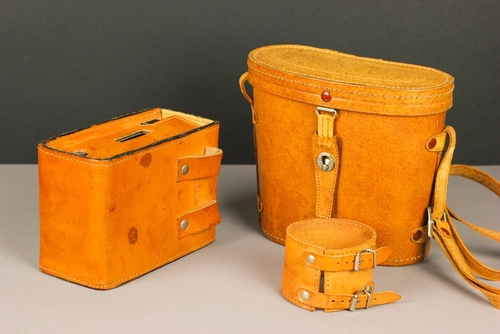
Before plastic suitcases, travel was defined by style—and Samsonite and American Tourister led the way. For years, those hard-sided cases gathered dust in attics. Now, collectors and decorators repurpose them as storage, décor, or even side tables. The retro colors—turquoise, mustard, coral—are back in vogue.
Vintage luggage represents a glamorous age of travel when jet-setting was still new. The quality construction means many pieces have survived beautifully. They’re no longer just luggage—they’re lifestyle statements. What was once forgotten in closets now anchors the perfect retro aesthetic.
2. Danish Teak Sideboards
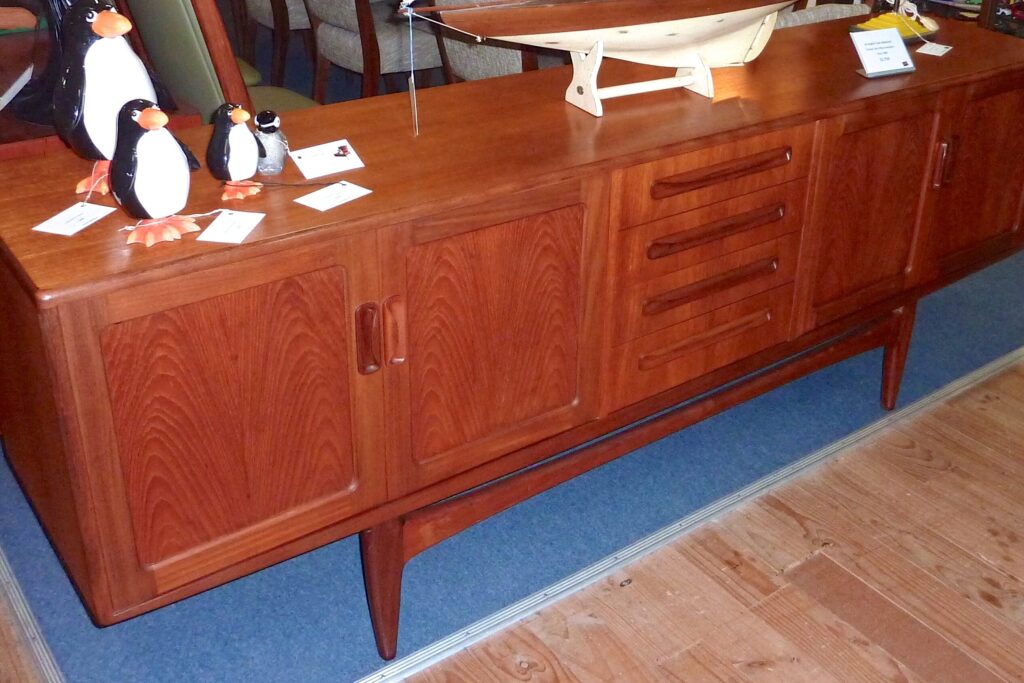
For years, Danish teak sideboards were considered old-fashioned relics of the 1960s. You could find them in thrift shops for a couple hundred bucks, if that. Now, mid-century modern collectors are paying thousands for well-preserved pieces from makers like G-Plan, Arne Vodder, and McIntosh. Their clean lines, tapered legs, and warm wood tones have made them the perfect blend of functional and timeless design.
What once screamed “grandma’s buffet” now fits perfectly in minimalist lofts and modern homes. The craftsmanship—often solid teak, not veneer—means these pieces have aged beautifully. Vintage furniture restorers can barely keep up with demand. The right brand stamp or maker’s mark can double or even triple the value overnight.
3. Eames Fiberglass Shell Chairs
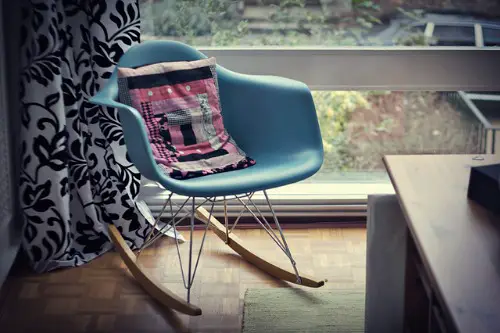
Eames fiberglass shell chairs used to be the epitome of “office surplus.” Schools, libraries, and company cafeterias tossed them by the dozen during renovations. Now, collectors are hunting down original Zenith Plastics models with rope edges and authentic Herman Miller labels. These early versions have become design icons that can fetch thousands at auction.
The chairs’ sculpted form and revolutionary use of molded fiberglass redefined modern furniture. Reissues exist, but collectors crave the subtle imperfections and original colors like “seafoam” and “elephant gray.” Their popularity comes from that perfect mix of history, craftsmanship, and usability. Today, they’re less about nostalgia and more about artful living.
4. Pyrex Mixing Bowls and Casseroles
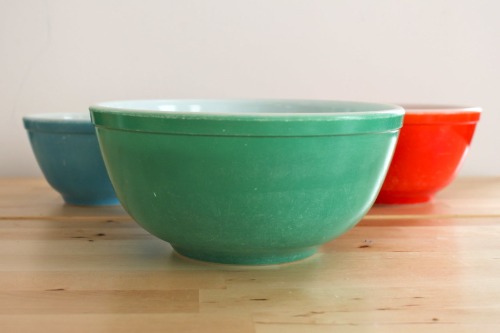
Not long ago, vintage Pyrex was something you’d see stacked at yard sales for a dollar each. Now, certain patterns—like “Butterprint,” “Gooseberry,” and “Snowflake”—are commanding serious prices among collectors. What makes them valuable isn’t just rarity but the cultural memory attached to them. They represent a postwar optimism when design met everyday life in cheerful color.
Collectors love how durable and functional they remain even after 60 years. Social media communities have amplified the hunt, turning Pyrex collecting into a lifestyle. Complete nesting bowl sets in pristine condition can sell for hundreds of dollars. The irony? These were mass-produced items now treated like museum artifacts.
5. Brutalist Wall Sculptures
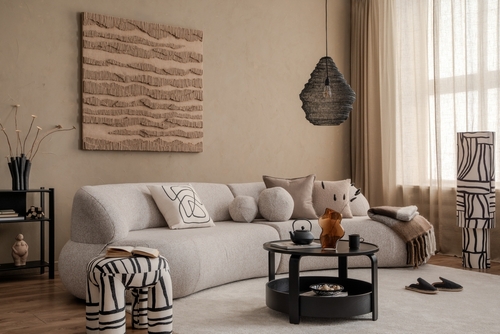
Mid-century Brutalist art—especially wall sculptures made from torch-cut metal—was once dismissed as heavy and harsh. For years, these pieces languished in estate sales or garage corners. Now, artists like Curtis Jere and Paul Evans are getting their due, with prices climbing fast. Their bold, geometric textures suddenly fit today’s industrial and modern aesthetic perfectly.
Collectors appreciate how each piece was handcrafted and often signed or numbered. The patina of aged brass and copper adds an authenticity that newer decor can’t replicate. Many of these sculptures were originally department-store art; now they hang in galleries. What was once “too weird” is now wonderfully distinctive.
6. Bar Carts
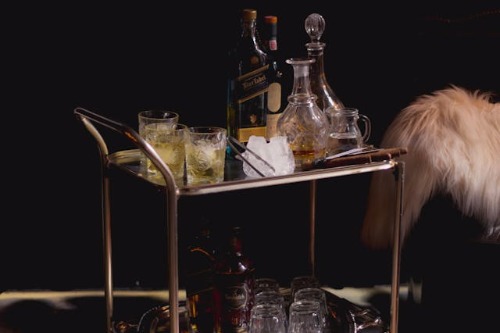
Vintage bar carts were once just another household accessory from a bygone era. When cocktail parties faded out, so did interest in these rolling drink stations. Fast-forward to today’s craft-cocktail culture, and they’re back in a big way. Chrome and brass models from the 1950s are especially desirable.
Their versatility adds to their appeal—they’re used as plant stands, coffee stations, or even record holders. Many were designed by well-known furniture makers and feature sleek glass and metal combinations. Mid-century examples with minimal wear can sell for hundreds. They perfectly channel that “Mad Men” vibe that never seems to go out of style.
7. Blenko Glass
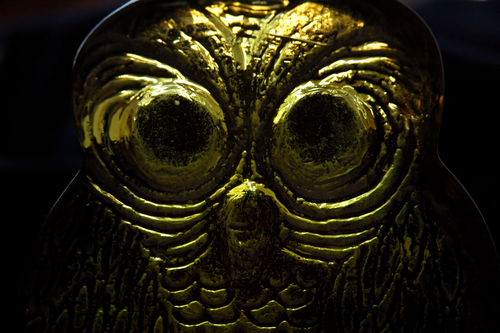
Hand-blown Blenko glassware from West Virginia was once easy to overlook. Brightly colored decanters and vases seemed dated as tastes shifted toward minimalism. But collectors have rediscovered the artistry in their bold shapes and jewel tones. Vintage pieces from designers like Wayne Husted are now centerpiece-worthy and collectible.
The charm of Blenko lies in its imperfections—tiny air bubbles and variations that prove it was handmade. As mass production took over, that handcrafted quality became rare. Design enthusiasts love pairing these pieces with minimalist furniture for a splash of personality. The market for mid-century glassware continues to glow—literally and figuratively.
8. Heywood-Wakefield Furniture
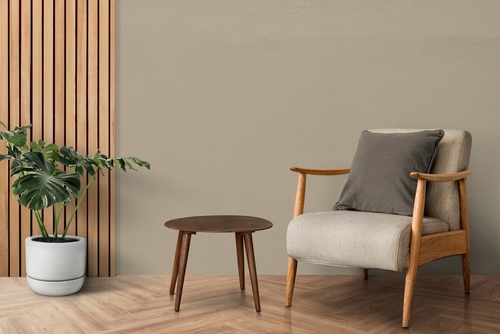
For decades, Heywood-Wakefield furniture was dismissed as light and bland. Now, its smooth maple finish and curvy forms are back in demand. The brand’s mid-century lines, especially the “Encore” and “Rio” series, are praised for their craftsmanship and distinct American modern style. Pieces with original finishes can command surprisingly high prices.
Unlike darker teak furniture, Heywood-Wakefield’s blonde look fits contemporary interiors. The company’s streamlined aesthetic feels timeless rather than retro. Collectors particularly love the sturdy construction—solid birch, no veneer. Once a department-store staple, it’s now a connoisseur’s favorite.
9. Space Age Lamps
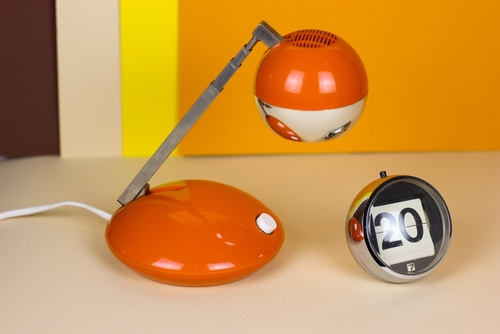
Those chrome and acrylic lamps from the 1960s and ’70s used to look straight out of a sci-fi set—and not in a good way. For years, they gathered dust in thrift stores. But the rise of retro-futurism has made them incredibly desirable again. Designers like Guzzini and Sonneman are back in the spotlight.
Their playful forms and metallic finishes fit perfectly with modern interiors craving character. The most collectible versions have bold domes, orbiting arms, or colored glass. They’re conversation starters that blend nostalgia with avant-garde design. Once futuristic, they’re now forever fashionable.
10. Vinyl Record Consoles
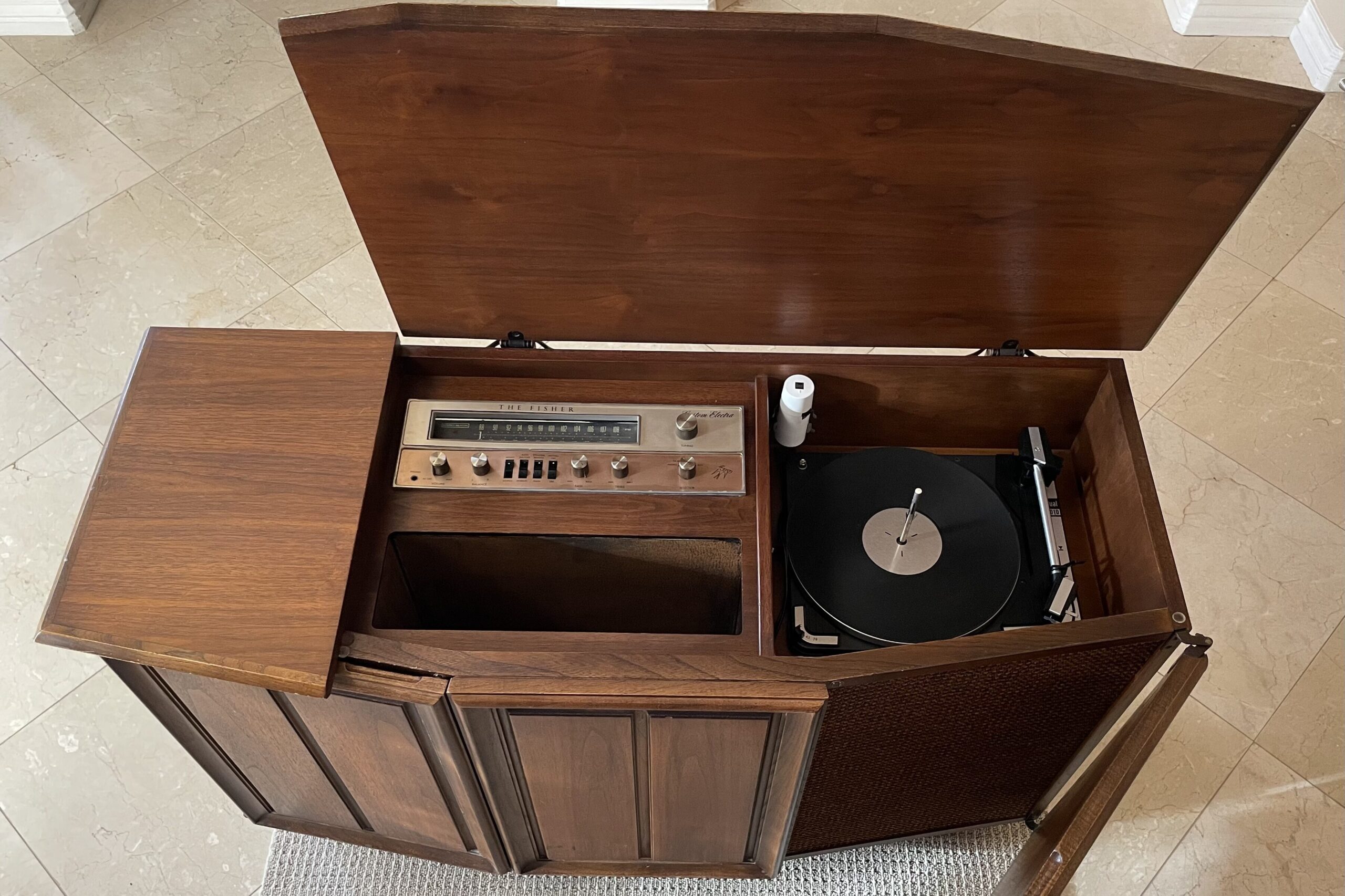
Before streaming, these furniture-sized record players were the height of home entertainment. For years, though, people ripped out their speakers and tossed the cabinets. Now, collectors and audiophiles are rescuing and restoring them. Models from Magnavox, Zenith, and RCA Victor are especially prized.
Part of the draw is the fusion of furniture and technology—beautiful cabinetry hiding sophisticated sound. Rebuilt with modern components, they serve both form and function. Their revival also ties into the vinyl renaissance. They embody the golden age of analog sound and design.
11. Enamel Cookware (Cathrineholm, Le Creuset)
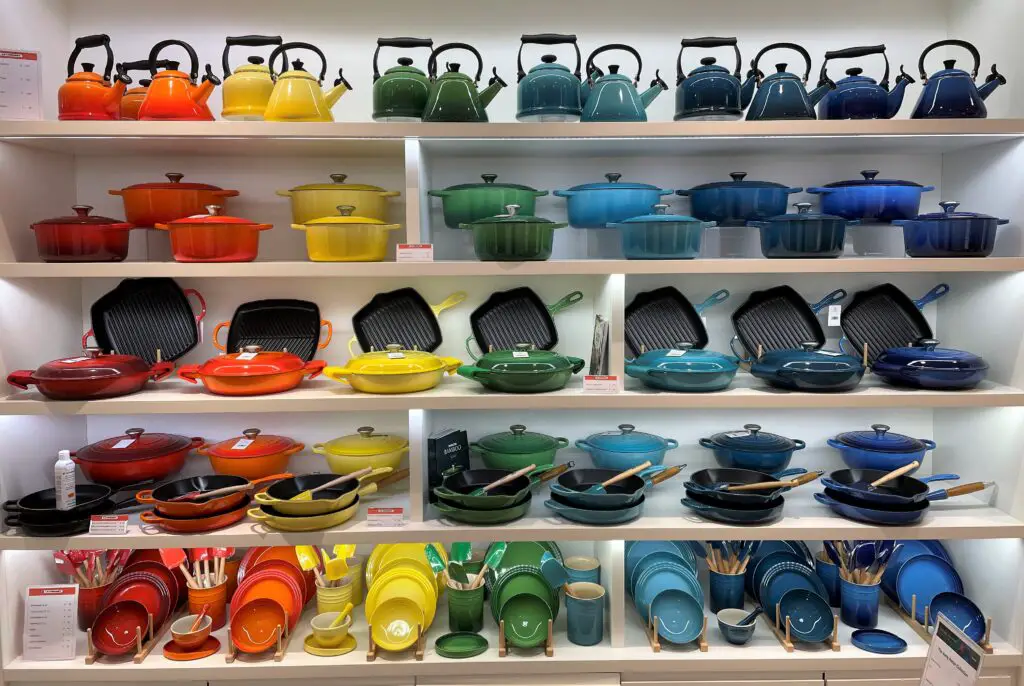
Cathrineholm enamelware, especially the Norwegian “Lotus” pattern, once filled kitchen shelves everywhere. When stainless steel took over, these colorful pots were seen as dated. Today, they’re hot collectibles, with pristine examples fetching hundreds of dollars. Their Scandinavian minimalism pairs beautifully with today’s aesthetic tastes.
Collectors love their durability and graphic design. The same goes for vintage Le Creuset—early French-made pieces have serious appeal. Each item tells a story of mid-century innovation in home cooking. What was once utilitarian is now museum-worthy.
12. Atomic-Age Ceramics
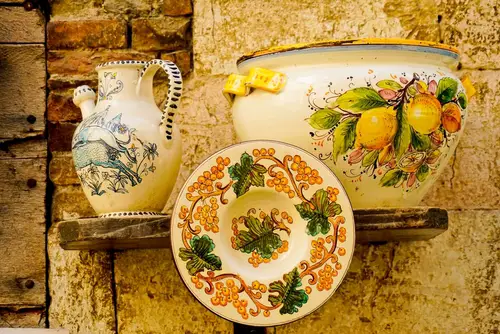
Mid-century ceramics with “atomic” shapes and motifs were once thrift store oddities. Today, they’re cherished for their bold geometry and playful use of glaze. Designers like Eva Zeisel and the Red Wing Pottery line are especially collectible. Their organic-meets-futuristic vibe feels relevant again in modern decor.
Collectors appreciate how these pieces bridge art and function. They’re not just vases—they’re sculptural forms that express optimism and experimentation. Many were handmade in small batches, which adds to their rarity. As design trends cycle back, their artistic daring stands out.
13. Pull-Down Kitchen Lamps
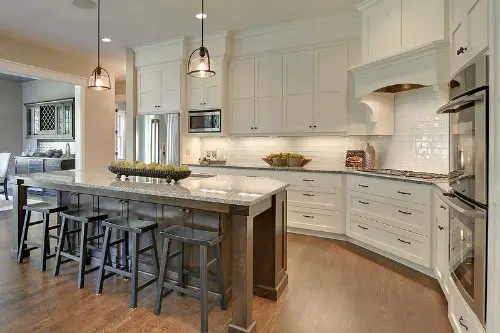
If you grew up in the 1960s or ’70s, you probably remember the pull-down kitchen lamp. For decades, they were unfashionable reminders of “mom’s kitchen.” Now, restored versions with colorful shades or chrome accents are in demand. They capture that nostalgic domestic warmth with a hint of modern utility.
Their adjustable design makes them both functional and charming. Interior designers love incorporating them into retro-inspired dining spaces. Many collectors seek out originals from companies like Reggiani or Stilnovo. Once outdated, they now illuminate the beauty of everyday design.
14. Formica Tables
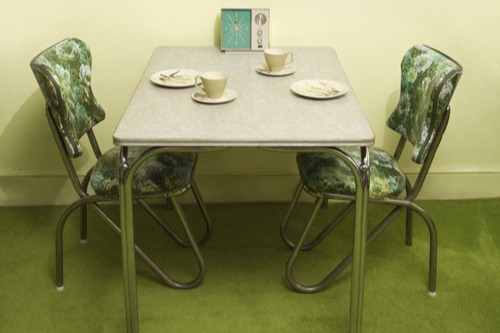
Formica-topped tables, often with chrome legs and pastel finishes, once screamed “cheap diner.” But as vintage Americana has regained popularity, these tables have become nostalgic treasures. Collectors love their resilience and quirky patterns—boomerangs, starbursts, and atomic dots. The best examples are fetching impressive prices online.
Their appeal lies in their authenticity—they’re symbols of a design era that celebrated optimism and accessibility. Pairing one with modern chairs gives any kitchen instant retro charm. They also tell a story about postwar innovation and mass-market design. What was disposable is now delightful.
15. Starburst Clocks

The starburst clock might be one of the most recognizable symbols of mid-century style. For decades, they hung forgotten in basements or secondhand stores, seen as kitschy remnants of the atomic age. Today, originals from companies like Seth Thomas or Howard Miller are sought-after statement pieces. Their mix of brass, walnut, and futuristic flair captures an era that celebrated optimism.
Collectors and interior designers alike love them for their sculptural quality. They add instant personality to a wall without overpowering a space. Even replicas are in high demand, but authentic, working models fetch premium prices. The best part? They still keep time beautifully.
This post 15 Mid-Century Objects Everyone Overlooked Until Museum Curators Started Calling was first published on Greenhouse Black.
